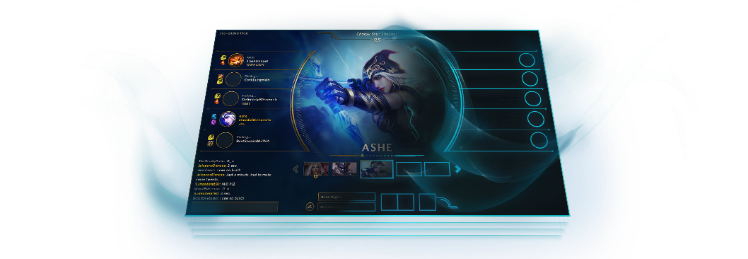
Hi! I’m Jules Glegg, a Software Architect working on the League client update. We’ve been fielding a lot of questions about how the updated client’s Javascript/HTML/CSS works, and there’s a huge amount to cover there. I’m here to give a very broad overview of the most interesting parts of our UI architecture - we won’t get to cover every bolt and weld in this post alone, but we should get a good feel for the general shape of things.
If you see something you want to know more about, drop a comment and let us know! For now though, let’s dive in.
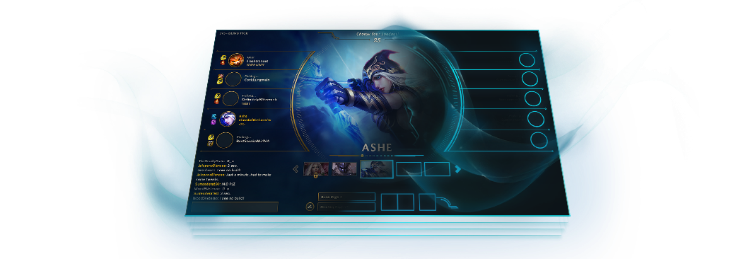
Greetings! My name is Andrew McVeigh, and I'm a software architect at Riot.
We're in the latter stages of re-engineering the League of Legends client. We're calling this the League client update. In this post, I’ll outline the software architecture of this update and provide some background to the choices we made by pointing out some of the limitations of the current (original) client. The journey to our final architecture has been technically fascinating, and I’m excited to be able to share it with you!
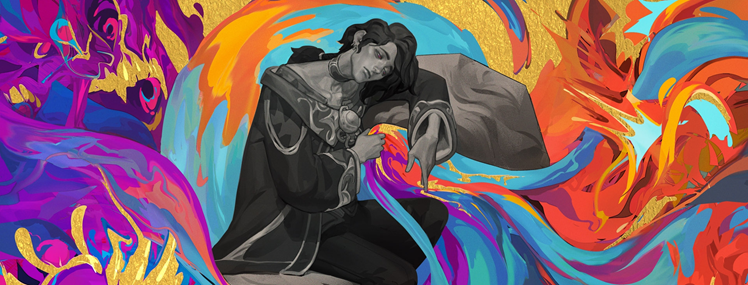
In this two-part series, we explore the technology behind Hwei's unique spell casting paradigm. It took many ideas and iterations before we landed on a solution that makes Hwei’s spell casting feel precise and fluid, and allows players to paint disaster and despair onto their opponents. In the second part, we uncover issues with the first iterations and approach Hwei's Spellbooks from a new direction.
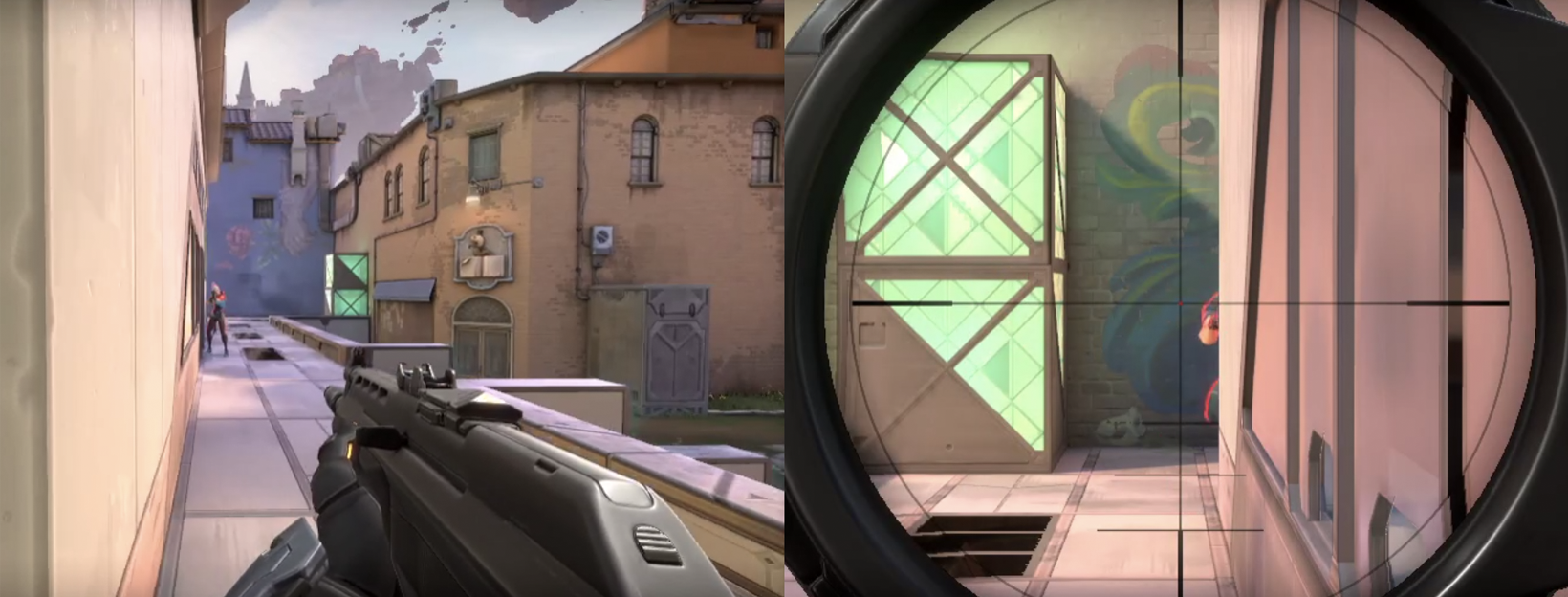
We’re Matt deWet, gameplay tech lead on VALORANT, and David Straily, project tech lead on VALORANT - and we're beyond excited to be here with you all to share some of the technical details behind how we’re addressing some common issues in the FPS genre - peeker’s advantage, poor hit registration, and simulation divergence.
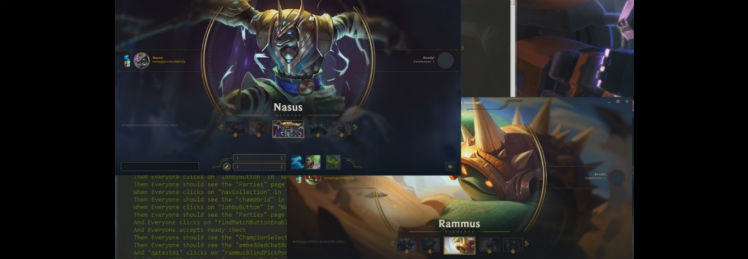
Hi, I’m Guy Kisel, and I work on the League client update’s Test, Build, and Deploy team, here to talk about the project's automated testing.
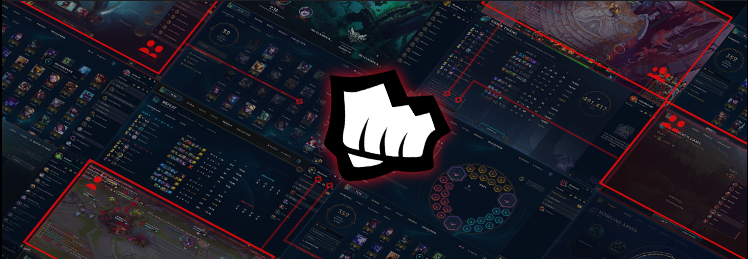
Hey there! My name is Michal 0xDEADB33F Ptaszek, and I’m a software architect at Riot. Today I would like to talk about communication. But not the kind of communication you’re probably thinking of. I want to talk about the other, more exciting kind of communication: LoL players communicating with chat servers during a tense game; authentication servers communicating with the LoL client on login; microservices that route state changes between clients in the middle of the night - you know, that kind of communication.
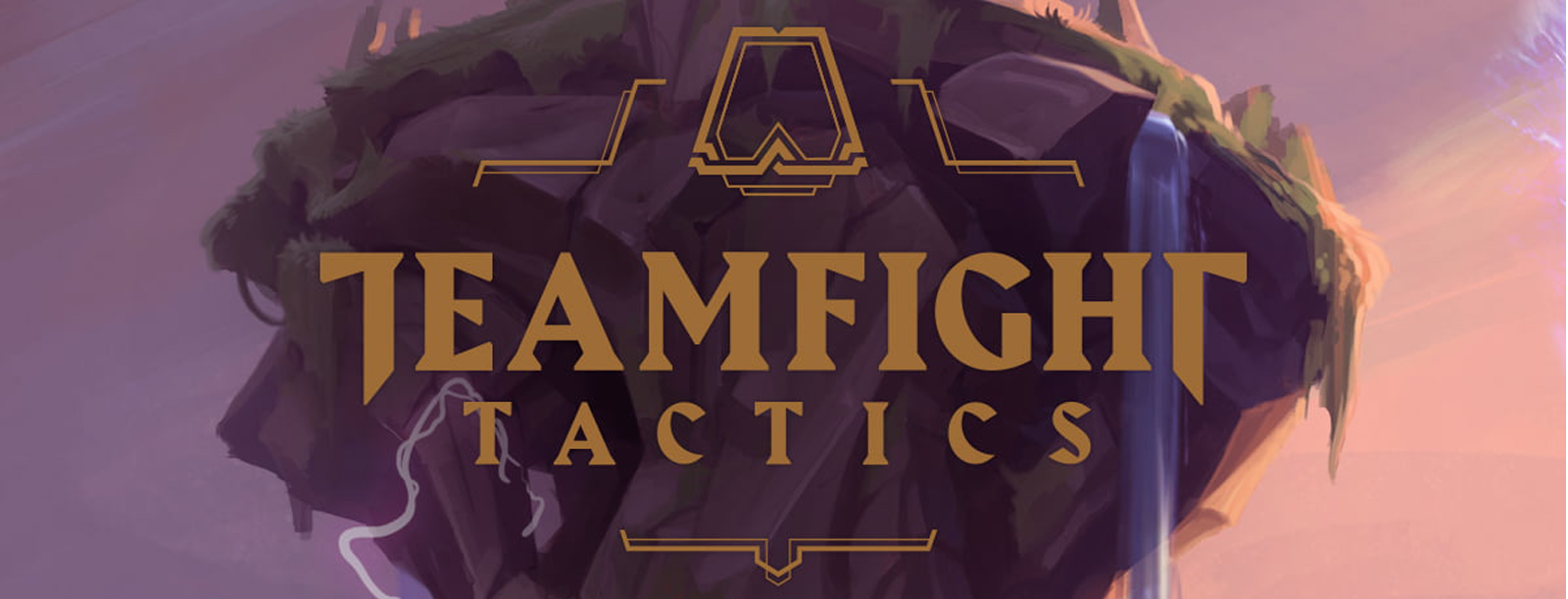
In this article, I’ll be describing how we handle patches across PC and mobile for TFT, and how this relates to quality assurance. Later, I’ll tag in my engineering counterpart, Gavin Jenkins, to give a super techy point of view on patches, and we’ll dive into two use cases that demonstrate different types of patches and how we deploy them.
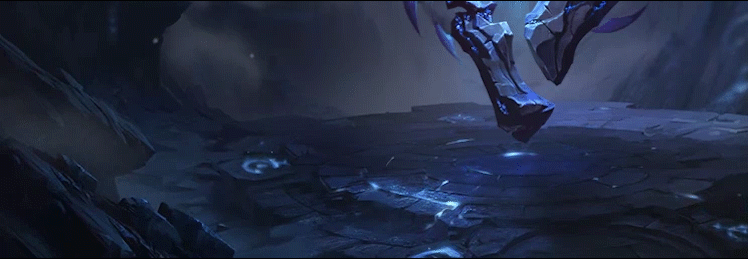
The League of Legends client UI resembles many traditional web applications, both in its choice of technology (JavaScript/HTML) and its range of functionality. However, the League client (the pre-game experience) is not a traditional web app - at its core it’s a game UI with high-quality visuals, which led to several interesting challenges along the way. I’m Richard Ye, a software engineer on the League of Legends client, and I’m going to talk about one of the major development challenges we encountered in the client UI: animation.
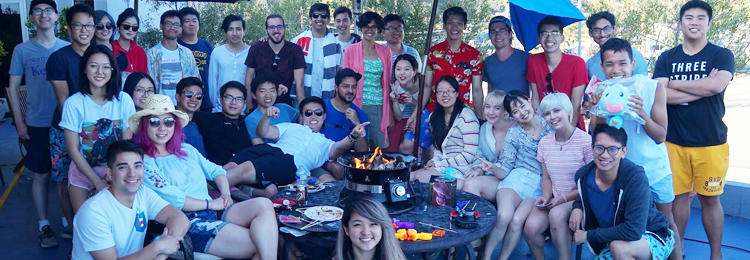
Our technical interns worked with fellow Rioter technologists on everything from game engineering to developer tooling. Before they left, we asked some of them to share projects they contributed to, and to tell their stories of interning at Riot.
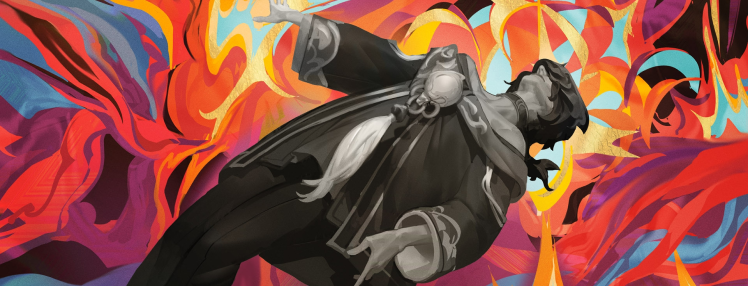
In this two-part series, we explore the technology behind Hwei's unique spell casting paradigm. It took many ideas and iterations before we landed on a solution that makes Hwei’s spell casting feel precise and fluid, and allows players to paint disaster and despair onto their opponents. In the first part, we'll sketch the outline of the challenges Hwei's spells present, and early explorations on a solution.










